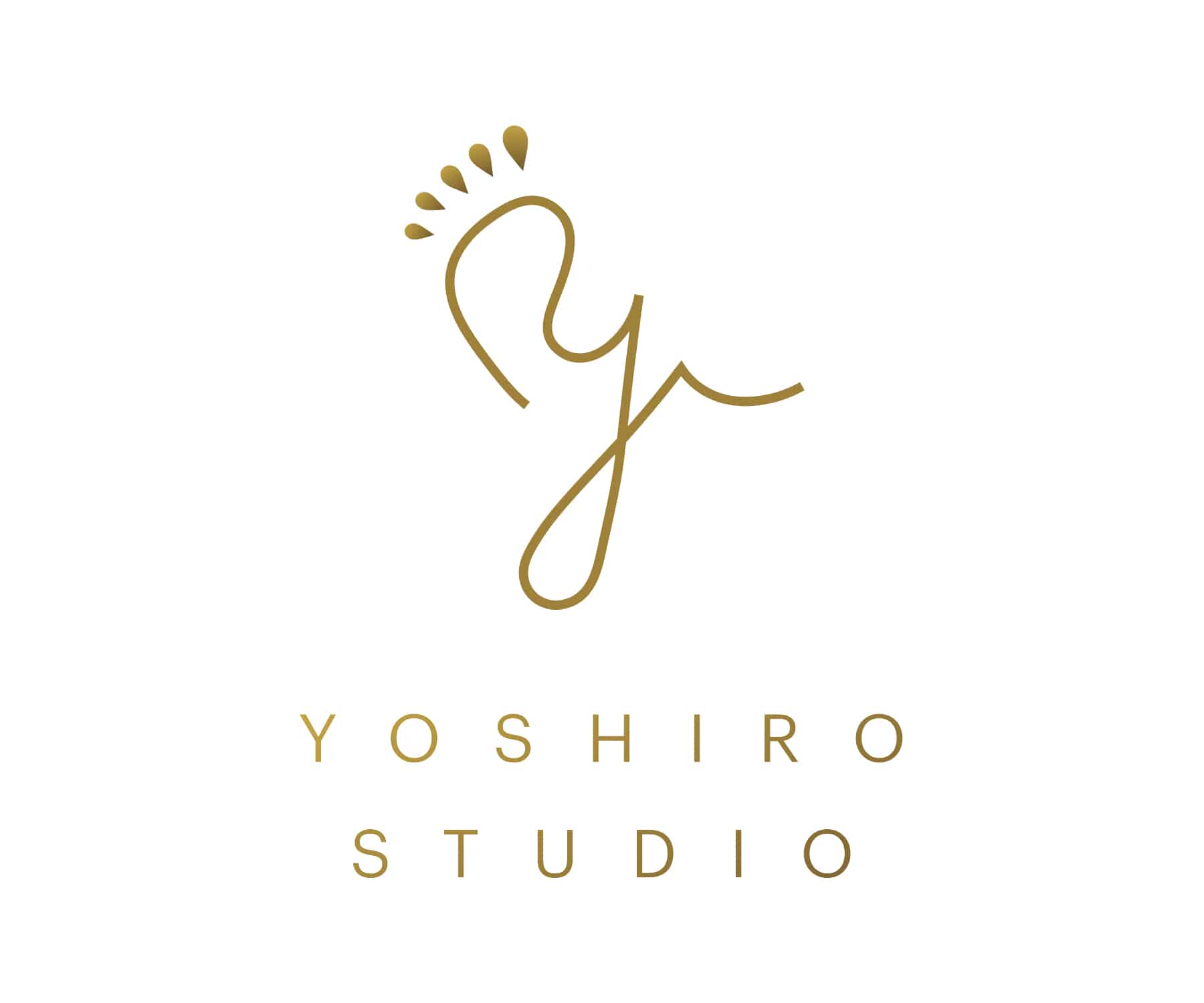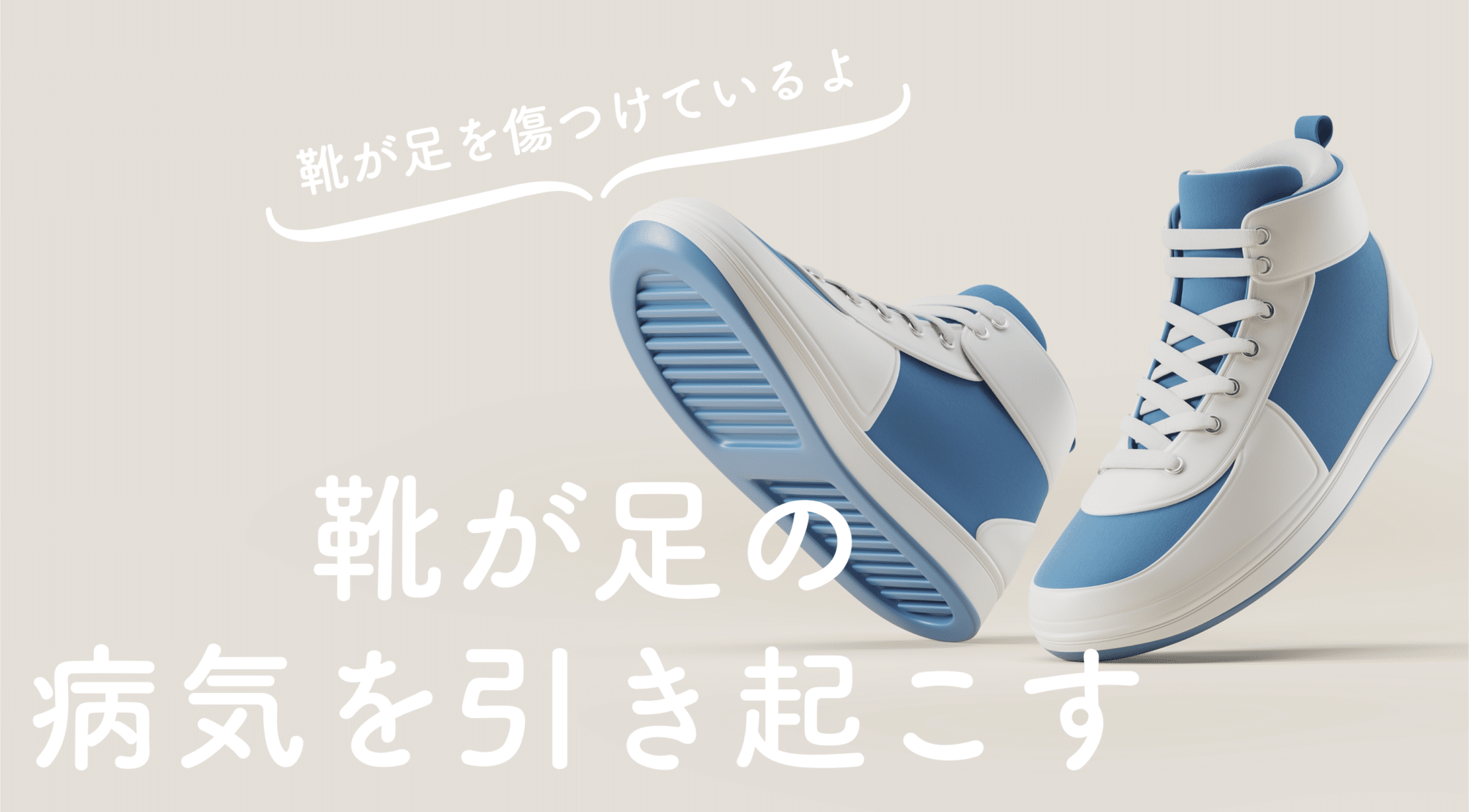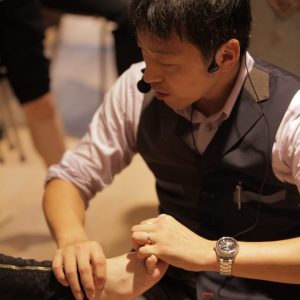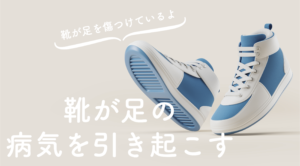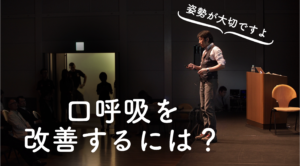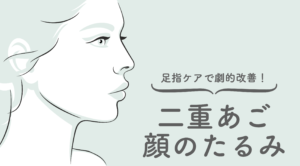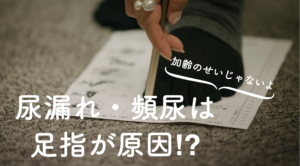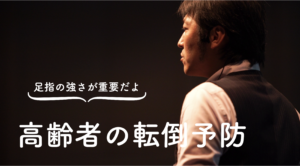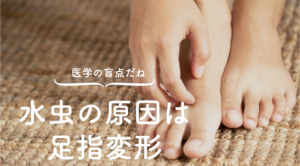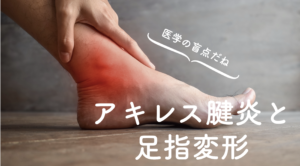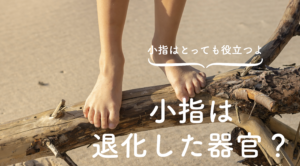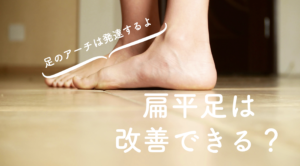Commentary by a toe doctor
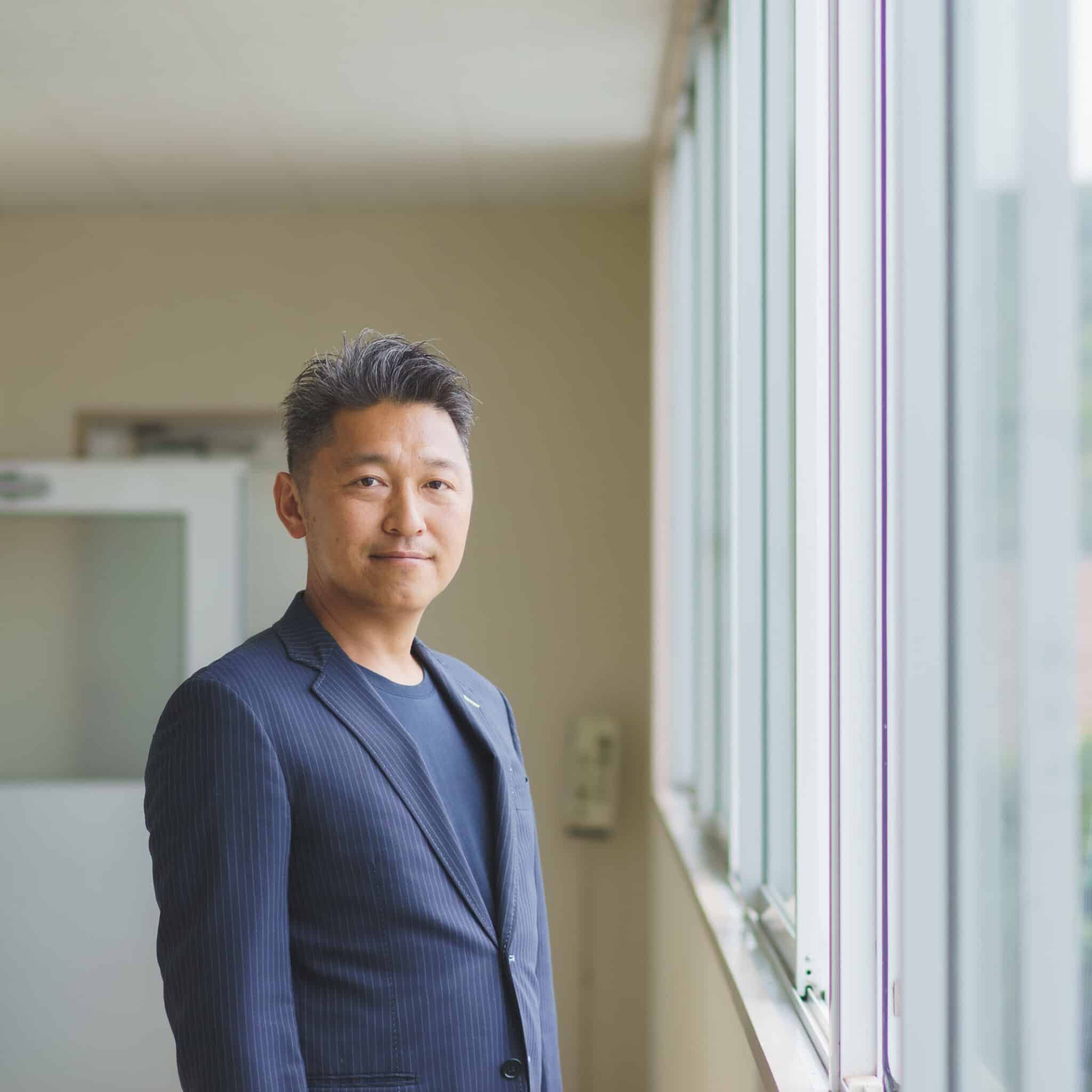
YOSHIRO YUASA
Keiro Yuasa
Physical Therapist, Doctor of Toes, Director of Toe Research Institute, President of the Japanese Society of Functional Foot and Toe Therapy, and developer of Halmek shoes. Former director, vice president, and medical director of General Hospital. His specialties are exercise physiology and anatomy. He is also a foot and shoe specialist and a leading expert in postural occlusion therapy. He has cured various orthopedic diseases (over 70,000 people) with toe therapy alone.
Long before Chris McDougal and "Born to Run," there was a Dr. Phil Hoffman who was ahead of his time: more than 100 years ago, in 1905, Dr.Journal of the American Academy of Orthopaedic Surgeonspublished a study entitled "Conclusions Drawn from a Comparative Study of Barefoot and Shoed Feet," which has been largely ignored for more than a century. During the discussion, Dr. Henry Ring Taylor praised Dr. Hoffman's interesting research and recommended that the results of this study be "widely disseminated and made known to the general public." So here is the paper that Dr. Hoffman, pioneer of barefoot running and father of the minimalist shoe, published 100 years later.
1. the shape and range of motion of the foot and ankle are virtually identical in the barefoot population compared to the shoe-wearing population until the use of footwear.
2. once footwear is introduced (usually at the end of the child's first year), rapid progressive forefoot narrowing and limitation of toe, foot, and ankle joint motion occur.
3. universal in barefoot and modern sandal-wearing populations, the first and second toes are separated by a considerable distance; and when weight bearing, the toes are further apart, widening the base of support.
4. a condition almost universally seen in adults who wear shoes is one of plexus of the toes, especially the big toe, where the big toe may be hidden or overlap under the second toe (hallux valgus).
5. both shoes are improperly shaped, completely too small to accommodate the shape of a bare foot at rest, and even worse to support weight.
6. shoe heels propel our center of gravity forward, causing excessive pressure on the forefoot, and habitual wearing of heeled shoes leads to shortening of the calf muscles.
7. heel and spring of the shoe (or upward rotation of the front of the shoe) leads to permanent hyperextension of the metatarsophalangeal joints.
8. pressure on the toes caused by shoes leads to deformity of the toe joints.
9. feet are very flexible ("plastic") and can deform into any shape with continued pressure, especially in younger people (an extreme example is a high caste Chinese who had bandages on his feet).
10. within 6 weeks of wearing the shoes, the never-shoed person begins to show narrowing of the forefoot and sloping deformity of the thumb due to painless foot pressure.
11. shoe action is like a splint, which not only deforms the foot but also restricts joint movement.
12. limitation of movement is largely dependent on the type of shoes worn during childhood.
13. the lateral motion of the toes (toes spreading outward) seen in infants persists even in adults who have never worn shoes. It is rare to find an adult who has ever worn shoes who has even the slightest ability to release the toes laterally.
14. toe extension and flexion are greater in adults who have never worn shoes.
15. Ancient sandals did not compress the toes and did not interfere with the movement of the joints.
16.In most adult shoe-wearing populations, the toes do not function substantially beyond the additional length given to the foot.
17.In the barefoot population, the toes perform a variety of functions, including grabbing and stabilizing the athlete at the moment of maximum power generation. This can be seen in Myron's classic sculpture Discoboli.
18. the soles of the barefoot population are thick, tough, and flexible and lack the callus spots common in the shoe-wearing population.
19. the sole of the foot, living barefoot, has deep transverse folds or flexure lines similar to those universally present on the palm of the hand.
20. arches and "contrary to popular opinion and teaching," there is no one type that is considered normal, rather there are high, medium, and low arches in the normal foot.
21. very low toes, so-called flat feet, are not a sign of muscle weakness; in fact, in many cases, it was associated with strong, flexible feet.
22. flatfoot as a pathological entity does not exist.
23.In the 186 primiparous feet studied, not a single foot was associated with weakness symptoms characteristic and common to the adult shoe-wearing population.
24.The height of the sole is not related to the type of gait.
Modern shoe design is seldom based on the reasonable idea of conforming to the normal shape of the foot. Rather, the shape is dictated by social trends and the convenience of the manufacturer. Society does not consider the naturally formed shape of the foot to be very beautiful; rather, it considers thin, small feet to be beautiful. However, society actually sees feet with shoes on and rarely sees bare feet. That is why the distortions and tightness crammed into elegant little shoes are considered beautiful. Manufacturers sell shoes according to profit or ignorance, instead of producing footwear that fits the foot, rather than conforming to the desires of the consumer."
The American Journal of Orthopedic Surgery, Hoffmann Phil. Conclusions Drawn From a Comparative Study of the Feet of Barefooted and Shoe-Wearing Volume III, Number 2, 1905.
I will provide more details on this in another article.
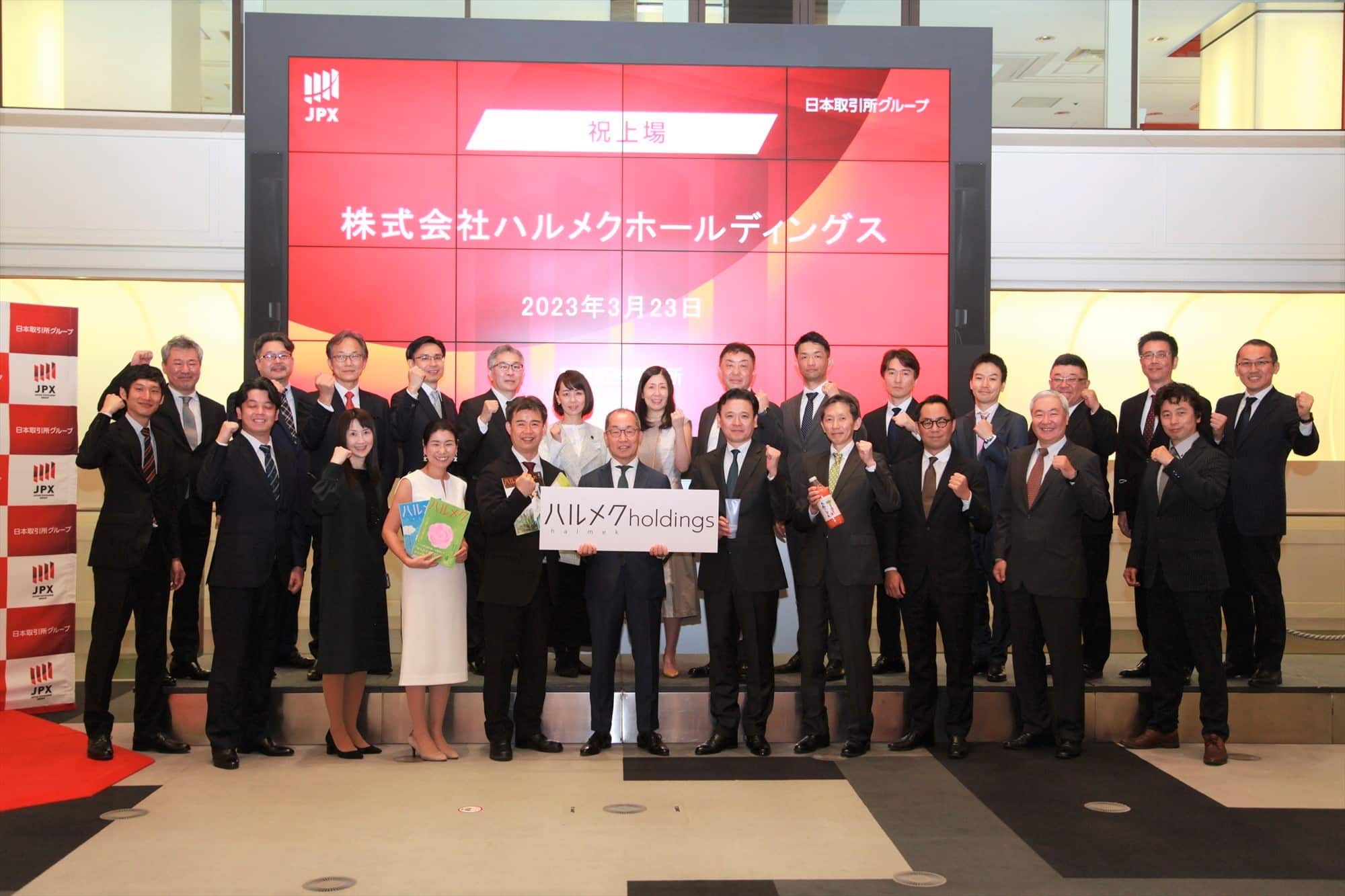
Currently, we are working on a "Harmeku Holdings, Inc.We have partnered with the "Mere Old Man" to make shoes that are good for the health of the feet, without regard to cost. This is Halmek'sTakao Miyazawa(President) started this business out of a passionate desire to create shoes that are truly good for the feet for seniors.
In Japan,Shoes made to fit Japanese feet (wooden pattern)" are not sold.. There are older people with thin insteps and narrow widths, and there are young people with high insteps and wide widths, and there are a thousand different foot characteristics. However, what I have learned from more than 100,000 people I have seen is that the original feet before the foot deforms are almost proportional in "foot length, width, instep height," etc.
Until now, shoe manufacturers and custom shoe makers have manufactured shoes that fit deformed feet. That is fine,Good shoes for deformed feet" are shoes that return the feet to their natural state.I believe that it is. How is that possible? Some may ask, "How is that possible?" But it was not so difficult, because we have found that the cause of many foot diseases in the medical field is toe deformity.
The fact that shoes are hurting your feet.
Shoes hurt feet. This is nothing new. Since the time of the ancient Greeks, philosophers were already explaining how ill-fitting sandals could cause foot ailments. Socrates himself is known to have insisted on walking barefoot.
In the 1800s, European physicians and scientists published serious studies on footwear problems, from "Why Shoes Compress the Foot" to "The Abuse of the Foot" in 1862; in 1895, "TheStudy of Weak Legsobserved how feet and athletic performance are related in the1)and in 1905, Dr. Philip HoffmanPaper showing how conventional shoes deform the footI wrote a2)In the 60s, a medical officer was stationed on the island of St. Helena, where half the population wore shoes and the other half did not, and the number of years of shoe wear and thumb strain angle (cause of hallux valgus) and concluded that there is a direct relationship betweenI put it on.3)....... Today's shoes continue to hurt our feet.Approximately 77% of Americans report suffering from painful and debilitating foot conditionsI do.4). We have a very wrong perception of shoes and the science on this goes back to the very beginning.
Researchers at the University of Johannesburg, South Africa, compared the feet of modern humans and 2,000-year-old skeletons from different populations,People's feet healthier and stronger before shoesWe concluded that it was5). Another study compared the feet of South African and German children and found that the feet of children who were regularly barefoot (in Europe) were healthier (overall higher arches and straighter thumbs) than those who wore shoes. Regularly.Barefoot people also have fewer flat feet, deformed thumbs and big toesThey were more flexible and supple legs!6) 7)The following is a list of the most common problems with the
Shoeless feet not only look healthier and stronger, they also have a positive effect on body and movement. A recent study found that children who regularly go barefoot have better balance and motor skills than those who wear shoes! 8). Taking off shoes may also improve overall behavior and health. In a 10-year study by Bournemouth University,Children who don't wear shoes in the classroom concentrate better, behave better, and perform better academicallyThe conclusion is that 9)The following is a list of the most common problems with the
Despite the increasing cushioning provided by sports shoes, foot pain remained unrelieved, and by the 1970s running shoes had become mainstream, but some sports shoe companies realized that more and more runners were suffering from Achilles tendon and calf injuries.
Mike Fritton, former designer for Nike, stated. 'Bowerman decided, based on a doctor's opinion, to raise the heel half an inch. They were trying to meet the needs of people who were wearing dress shoes. The general public wanted comfort." But even as the market expanded and technology advanced, oddly enough, there seemed to be an increasing number of injuries that modern running shoes should have eliminated.
Data shows that up to 79% of recreational level runners have some type of lower extremity injury10) 11). This seems to contradict the fact that technology that wraps around our feet should help us move better. Increasingly, evidence suggests that as shoes become more cushioned, running mechanics in injury-related ways12)It also suggests that the percentage of runners who change their13) 14) 15)The following is a list of the most common problems with the
Runners wearing conventional running shoes usually tend to land on the ground on their heels. However, this can strain the knees and hips16). The arch can be weakened because the structure of the running shoe prevents the natural movement of the foot and support of the arch. On the other hand, when running barefoot, the foot naturally lands on the ground in a specified manner, allowing the runner to maintain a more natural running form17)The following is a list of the most common problems with the
The arches and Achilles tendons of the feet are designed to store and rebound 52% of this impact borne energy and, in addition, help disperse the remaining impact by adjusting posture and quickening gait(18)... Scientists at Harvard University's National Running Center have shown that when healthy adult running patients walk in minimalist shoes for eight weeks, the size and strength of their foot muscles are restored19)The following is a list of the most common problems with the
Two Spanish universities tested the effects of 12 weeks of barefoot running on foot landing patterns in endurance runners. When applied gradually, regardless of speed, they found significant changes in foot landing patterns, with a tendency to land on the midfoot or forefoot. Both are considered less likely to lead to lower extremity injuries(20)The following is a list of the most common problems with the
Healthy adults are not the only ones who benefit from going barefoot. A recent study by the University of Liverpool's Movement Research Institute concluded that Vivobarefoot footwear improves stability and physical function in healthy middle-aged and older adults compared to traditional shoes(21)This is important. This is important, because as we get older, reducing falls is key to staying healthy and independent. Because reducing falls as we get older is key to staying healthy and independent. a study conducted by NICE in 2013 concluded that falls cost the UK National Health Service £2.3 billion a year!(22)The following is a list of the most common problems with the
Walking barefoot andYOSHIRO SHOESinterpoint (interword separation)YOSHIRO SOCKSWearing a pair of shoes can help strengthen the muscles and joints of the feet and improve posture. It can also enhance foot sensation and improve balance. These benefits are critical to supporting long-term health.
Of course, you may not get used to walking barefoot right away. In such cases,YOSHIRO SHOESinterpoint (interword separation)YOSHIRO SOCKSIt is also recommended that you start by wearing As you gradually increase your opportunities to walk barefoot, you will find that your foot muscles and joints will gradually strengthen.
Barefoot andYOSHIRO SHOESinterpoint (interword separation)YOSHIRO SOCKSincorporating the following into your daily life will help keep your feet healthy and improve your overall balance and posture. Try to start with methods that are easy to incorporate into your daily life and gradually become accustomed to them. The result may be a healthier, more vibrant life.
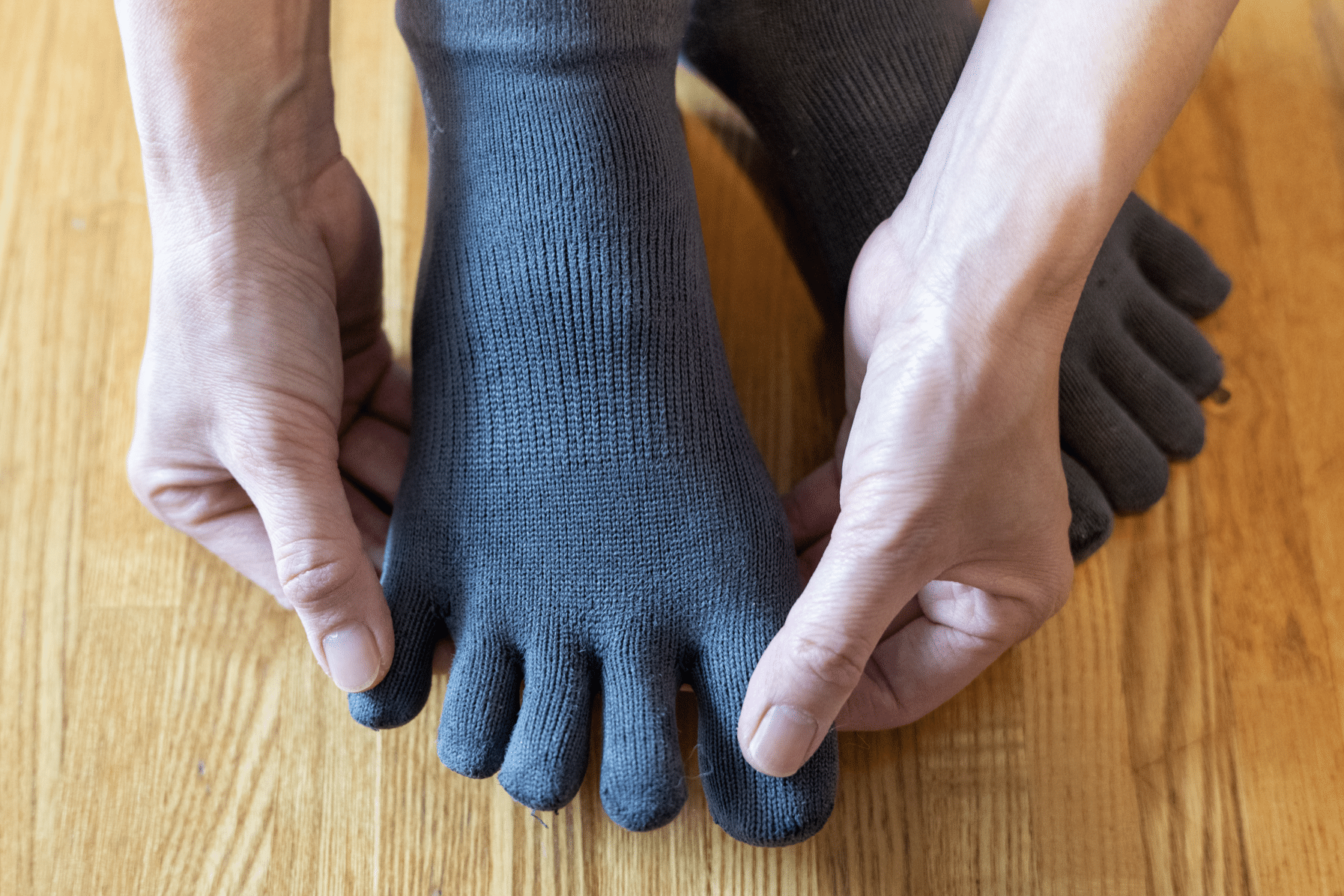
Offered on this siteProducts.The foot is designed to respect the natural design of the foot and support the inherent strength and soundness of the foot's structure.
References
1) Whitman R. A study of the weak foot. Journal of Bone and Joint Surgery. 1896 https://www.ncbi.nlm.nih.gov/pmc/articles/PMC2835577/
(2) Hoffman P. Conclusions drawn from a comparative study of the feet of barefooted and shoe-wearing peoples. Journal of Bone and Joint Surgery.October,1905.https://journals.lww.com/jbjsjournal/Abstract/1905/03020/CONCLUSIONS_DRAWN_FROM_A_COMPARATIVE_STUDY_OF_THE.1.aspx
3) Shine IB. Incidence of Hallux Valgus in a partially shoe-wearing community. British Medical Journal. June 1965. https://www.ncbi.nlm.nih.gov/pmc/articles/PMC2167058/pdf/brmedj02400-0040.pdf
(4) New survey reveals majority of Americans suffer from foot pain. https://www.prnewswire.com/news-releases/new-survey-reveals-majority-of-americans-suffer-from-foot-pain-259775741.html
5) Zipfel B, Berger LR. Shod versus unshod: the emergence of forefoot pathology in modern humans? The Foot. December 2007. https://www.researchgate.net/publication/232251119_Shod_versus_unshod_The_emergence_of_forefoot_pathology_in_modern_humans
6) Hollander K, de Villiers JE, Sehner S, et al. Growing-up (habitually) barefoot influences the development of foot and arch morphology in children and Growing-up (habitually) barefoot influences the development of foot and arch morphology in children and adolescents. Sci Rep. 2017;7(1):8079. https://www.nature.com/articles/s41598-017-07868-4#ref-CR4
7) Hollander K, van der Zwaard B, de Villiers JE, et al. The effects of growing up habitually barefoot on foot mechanics and motor performance in children and adolescents. Journal of Foot and Ankle Research. https://www.ncbi.nlm.nih.gov/pmc/articles/PMC5010736/
8) Hollander K, van der Zwaard B, de Villiers JE, et al. The effects of growing up habitually barefoot on foot mechanics and motor performance in children and adolescents. Journal of Foot and Ankle Research. https://www.ncbi.nlm.nih.gov/pmc/articles/PMC5010736/
9) Heppel S. Environment can impact performance in learning. may 2016. https://www.bournemouth.ac.uk/news/2016-05-20/environment-can-impact-performance-learning
10) Lun V, Meeuwisse W et al. Relation between running injury and static lower limb alignment in recreational runners. Br J Sports Med. October 2004. https://www.ncbi.nlm.nih.gov/pmc/articles/PMC1724945/
(11) Hollander K, Riebe D, Campe S, Braumann KM, Zech A. Effects of footwear on treadmill running biomechanics in preadolescent children. Gait Posture. 2014;40(3):381-385. https://europepmc.org/article/med/24890307
12) Hollander K, Argubi-Wollesen A, Reer R, Zech A. Comparison of minimalist footwear strategies for simulating barefoot running: a randomized crossover study. PLoS One. 2015;10(5):e0125880. https://www.ncbi.nlm.nih.gov/pubmed/26011042
13) Daoud AI, Geissler GJ, Wang F, Saretsky J, Daoud YA, Lieberman DE. Foot strike and injury rates in endurance runners: a retrospective study. Med Sci Sports Exerc. 2012;44(7):1325-1334. https://www.ncbi.nlm.nih.gov/pubmed/22217561
14) Pohl MB, Hamill J, Davis IS. Biomechanical and anatomic factors associated with a history of plantar fasciitis in female runners. Clin J Sport Med. 2009;19(5):372-376. https://www.ncbi.nlm.nih.gov/pubmed/19741308
15) Ruder M, Jamison ST, Tenforde A, Mulloy F, Davis IS. Relationship of Foot Strike Pattern and Landing Impacts during a Marathon. Med Sci Sports Exerc. 2019;51(10):2073-2079. https://www.ncbi.nlm.nih.gov/pubmed/31525171
16) Baltich J, Maurer C, Nigg BM (2015) Increased Vertical Impact Forces and Altered Running Mechanics with Softer Midsole Shoes. ploS ONE 10(4): e 0125196. doi:10.1371/journal. pone.0125196. https://www.ncbi.nlm.nih.gov/pmc/articles/PMC4405580/pdf/pone.0125196.pdf
17) Davis IS, Rice HM, Wearing SC. Why forefoot striking in minimal shoes might positively change the course of running injuries. Journal of Sport and Health Science. June 2017. https://www.sciencedirect.com/science/article/pii/S2095254617300492
18) Ker RF, McNeil R, et al. The spring in the arch of the human foot. Nature: Nature Vol 325 8, Jan 1987 https://www.ncbi.nlm.nih.gov/pubmed/3808070
(19) Ridge ST, Olsen MT, Bruening DA, et al. Wakling in Minimalist Shoes Is Effective for Strenthening Foot Muscles. Med Sci Sports Exerc. January, 2019. https://www.ncbi.nlm.nih.gov/pubmed/30113521
(20) Latorre-Román PA, García-Pinillos F, Soto-Hermoso VM, Muñoz-Jiménez M. Effects of 12 weeks of barefoot running on foot strike patterns, inversión- eversion and foot rotation in long-distance runners. J Sport Health Sci. November 2019. https://www.ncbi.nlm.nih.gov/pubmed/31720071
21) Cudejko T, Gardiner J, Akpan A, D´Août K. Minimal footwear improves stability and physical function in middle-aged and older people compared to Minimal footwear improves stability and physical function in middle-aged and older people compared to conventional shoes. Clin. Biomech. Jan 2020. https://pubmed.ncbi.nlm.nih.gov/31739197/
22) Falls in older people: assessing risk and prevention. June 2013. https://www.nice.org.uk/guidance/CG161/chapter/introduction
